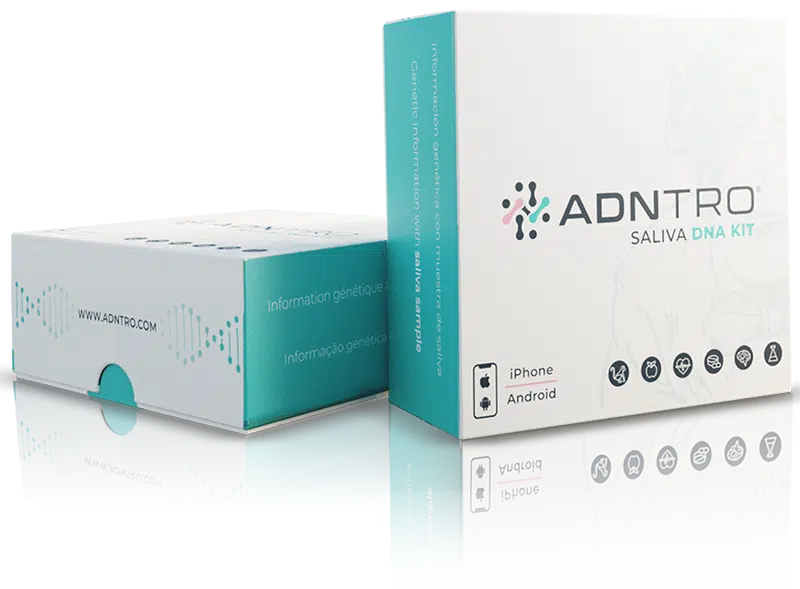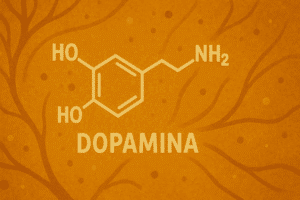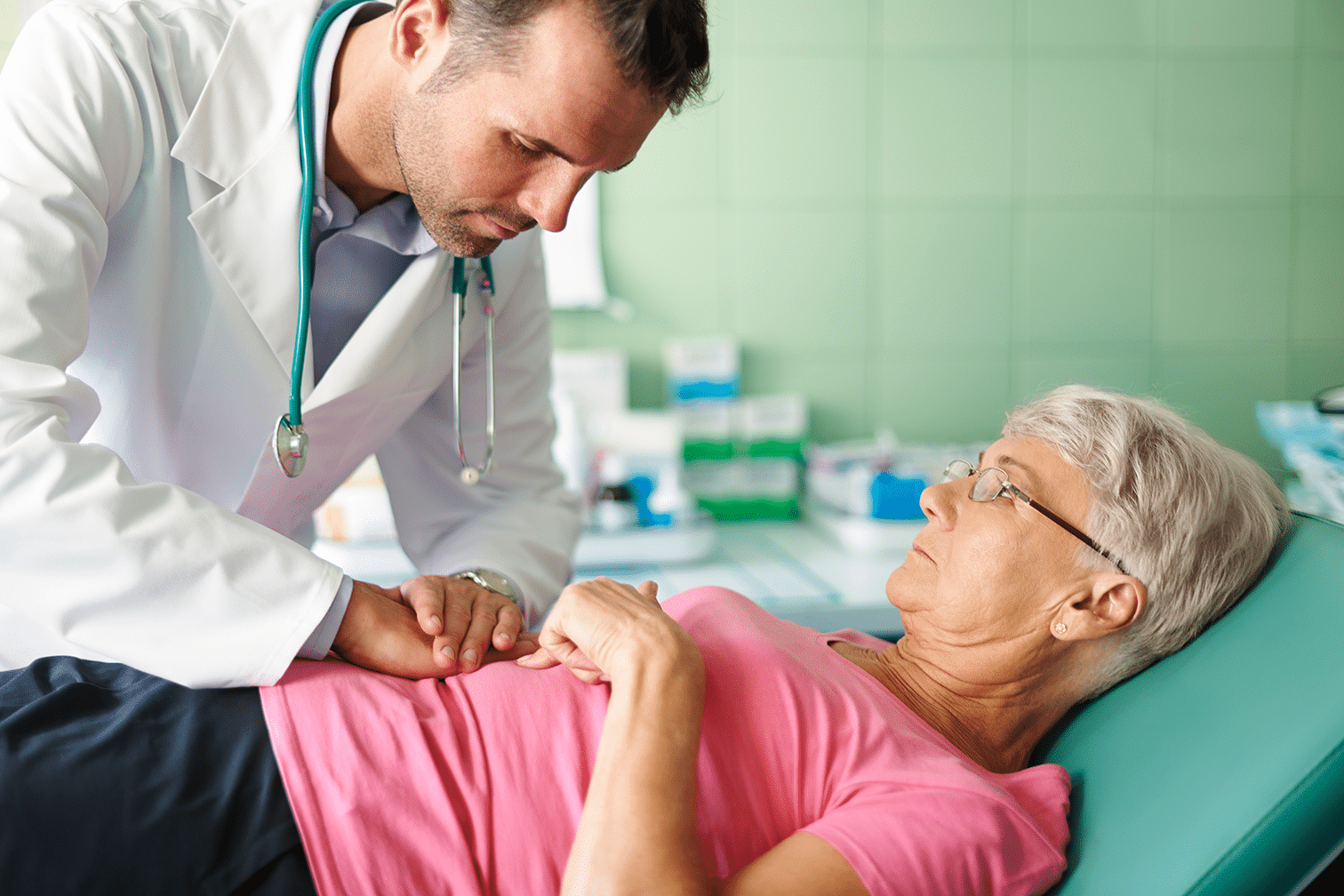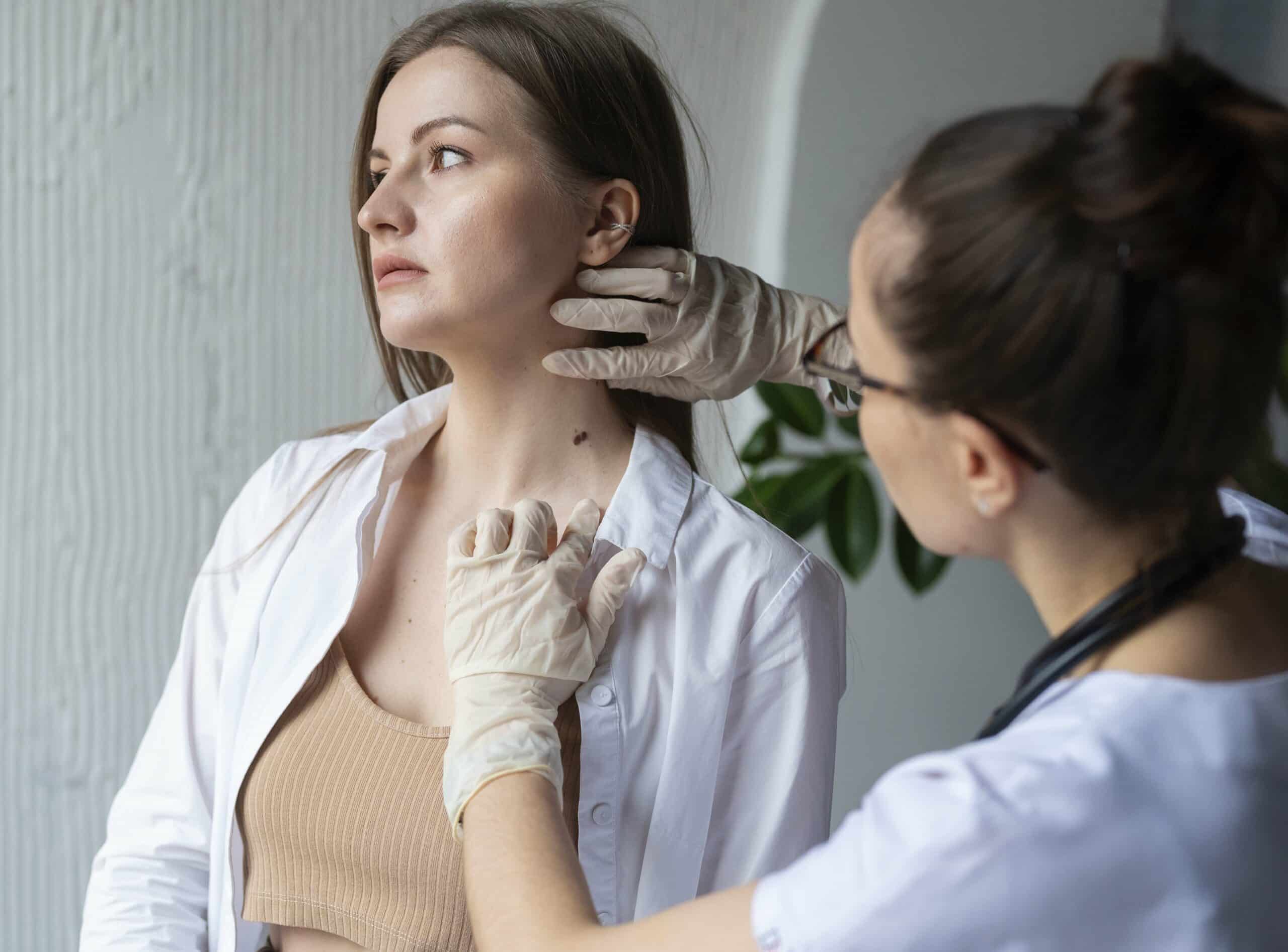You should probably heard that vitamin D is the vitamin of the sun. Well, this is a half-truth. When we talk about vitamin D, we talk about a team work between diet, our organism and the sun light.
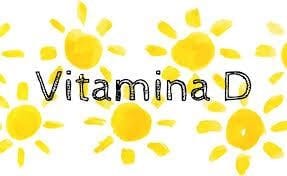
First of all, we should know that there are several forms of vitamin D:
- Provitamin D2 or ergosterol activated into vitamin D2 or ergocalciferol (vegetal source).
- Provitamin D3 or 7-dehydrocholesterol that is activated to vitamin D3 or cholecalciferol (animal sourceThis process occurs in the skin and it is the major source of vitamin D in human beings providing us around 90% of the vitamin D that we need.
Both provitamins are activated thanks to the sunlight evolving to previtamins and therefore, thanks to their atoms distribution (isomerization), to vitamins. Once this process has taken place, vitamins are released and carried by bloodstream and finally be turned into circulating hormone by the kidney.

VITAMIN D CUTANEOUS SYNTHESIS
As cutaneous synthesis provides us most of our vitamin D needs, we will take a detailed look into this process.
Provitamin D3 (7-dehydrocholesterol) is a molecule that contains a double bond ring (marked in orange in the illustration below). Wavelengths between 290 and 315 nm the double bond ring opens after absorbing photons generating provitamin D3 (precholecalciferol), a highly unstable molecule. Finally, thanks to the heat, its atoms are redistributed (a process known as thermal isomerization) generating vitamin D3 (cholecalciferol). This molecule generates 25-hydroxyvitamin D (used for blood vitamin D level quantification) and it is transported through the bloodstream to adipose tissue storage or kidney final activation (1α,25-dihydroxyvitamin D)
This molecule becomes 25-hydroxyvitamin D, first biologically active metabolite produced in the liver and used to quantify vitamin D levels in the blood. It is then transported through the bloodstream to adipose tissue for storage or to the kidney for final activation (1α, 25-dihydroxyvitamin D).

CUTANEOUS SYNTHESIS INFLUENTIAL FACTORS
It is estimated that 5-15 minutes/day sun exposure on the face and arms during spring, summer and autumn is able to maintain the vitamin D storage at adequate levels. But, which factors influence a higher or lower ratio of obtaining vitamin D in our body? Ambiental, phenotypic and genetic factors.
AMBIENTAL FACTORS
Sunlight intensity:it varies depending on the season of the year, latitude and time of day. During winter, the early morning and late afternoon, solar rays enter the Earth at an oblique angle. When this happens, more photons are absorbed by the ozone layer and less are absorbed by our skin, necessary for cutaneous synthesis of vitamin D.
Sun protection cream:sun creams absorb solar radiation before they penetrate the skin, the greater the protection of the sunscreen, the lower the vitamin D cutaneous synthesis, but the higher our skin protection.

PHENOTYPIC FACTORS
Age:people above 70 years produce 25% of the amount of vitamin D synthesis by a 20-year-old by being exposed to the same amount of sunlight.
Quantity of melanin: People with higher amounts of melanin need longer sun exposure to synthesize the same amount of vitamin D (cholecalciferol) as a person with less melanin. This difference is due to the ability of melanin to absorb photons. The more melanin, the less is the absorption.
GENETIC FACTORS
As we have seen, the synthesis of vitamin D requires a complex metabolism There arenumerous chemical reactions for activation of vitamin D (25-hydroxyvitamin D) and the transportation. For that reason, genetics influence the metabolism of vitamin D and therefore the ratio of vitamin D conversion. Are you interested in knowing your genetic variants associated with the activation of vitamin D and its transportation? Find out with the DNA TEST of ADNTRO or by upload your RAW DNA data.

